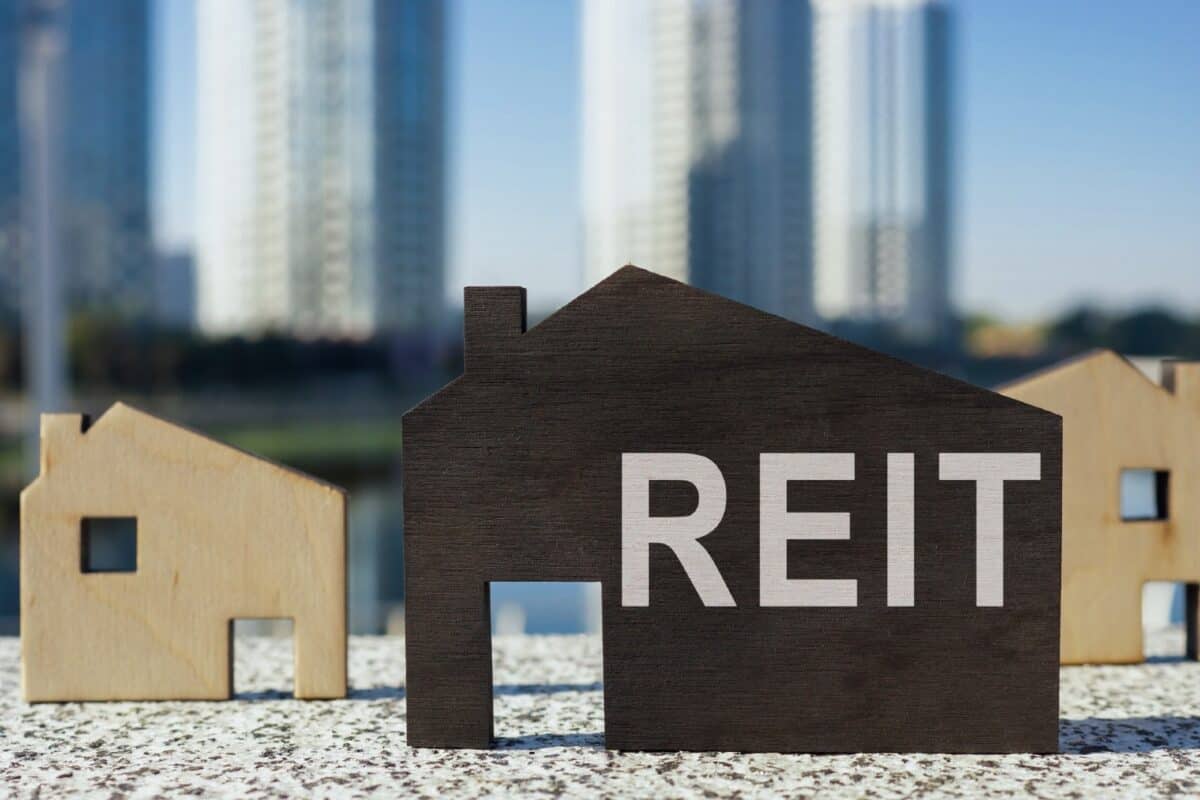Primary Health Properties (LSE:PHP) is a UK real estate investment trust (REIT) that leases a portfolio of GP surgeries. I own some shares already and reinvest the dividends as a great way to build a second income.
I’m planning to add to my investment in the near future.
With the share price at 97p, a £10,000 investment would get me 10,257 shares. Based on some reasonable assumptions, this could ultimately generate £6,857 per year in passive income, which I see as a terrific return..
Should you invest £1,000 in Primary Health Properties right now?
When investing expert Mark Rogers has a stock tip, it can pay to listen. After all, the flagship Motley Fool Share Advisor newsletter he has run for nearly a decade has provided thousands of paying members with top stock recommendations from the UK and US markets. And right now, Mark thinks there are 6 standout stocks that investors should consider buying. Want to see if Primary Health Properties made the list?
Please note that tax treatment depends on the individual circumstances of each client and may be subject to change in future. The content in this article is provided for information purposes only. It is not intended to be, neither does it constitute, any form of tax advice.
Dividend growth
The first assumption is that Primary Health Properties will keep growing its dividend. The stock currently has a dividend yield of just over 7% meaning a £10,000 investment today is likely to generate £707 this year.
Over the last decade, the average annual dividend increase has been 3%. And with 89% of its rent collected from government agencies, I think incremental future increases are unlikely to result in unpaid rent.
Primary Health Properties Dividends per Share 2014-24

Created at TradingView
The biggest threat to this is probably the firm’s balance sheet. If high interest rates cause the company to raise equity to reduce its debt, this might well cause the dividend per share to fall.
If the 3% growth continues though, the income generated by 10,257 shares could reach £922 per year after 10 years. After 20 years, it could grow to £1,239 and 30 years from now it could be £1,666.
Compounding
The other assumption is that I’ll be able to reinvest the dividends I receive to buy more shares. But the big question is what the dividend yield will be when I do this.
Shares in Primary Health Properties don’t usually come with a 7% yield. Since 2004, the stock has typically traded at a level that implies an annual dividend of between 3.5% and 5.75%.
Primary Health Properties Dividend Yield 2004-24

Created at TradingView
With that in mind, I’ve assumed that I’ll be able to reinvest at an average of 5%. This is the average over the last 20 years.
It might not happen if interest rates fall significantly. This could drive down dividend yields, but it’s worth noting that it would also reduce the risk associated with the firm’s debt.
Slow and steady
In general, I think REITs can be great sources of passive income. The requirement that they distribute the money they make means they’re reliable sources of dividend income. But it limits opportunities to reinvest for growth.
That’s why a lot of my anticipated return from Primary Health Properties shares comes from reinvesting, rather than the company increasing its payments. But this depends on consistent dividend payments.
The key to generating consistent dividends is maintaining high occupancy levels. And with 99.3% of its portfolio currently occupied, the business is in a good position here.
Furthermore, things look relatively stable going forward. The average lease has over 10 years until it expires, creating good visbility for the company and its shareholders.
An unusually good opportunity?
I own shares in Primary Health Properties in my portfolio. And with an unusually high dividend yield, I think that right now looks like a great time to be buying the stock.
The company does have a lot of debt. But I think the risk here is limited.








